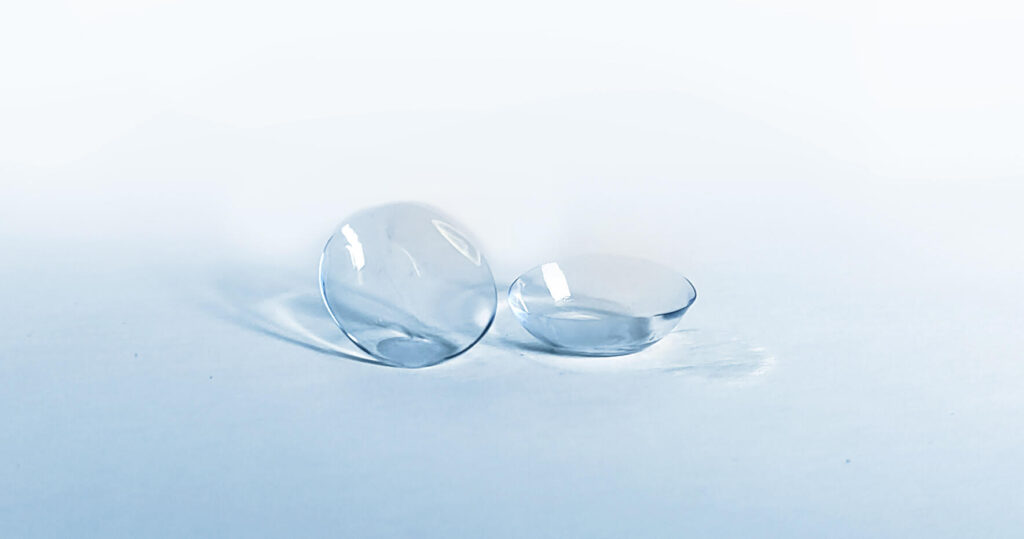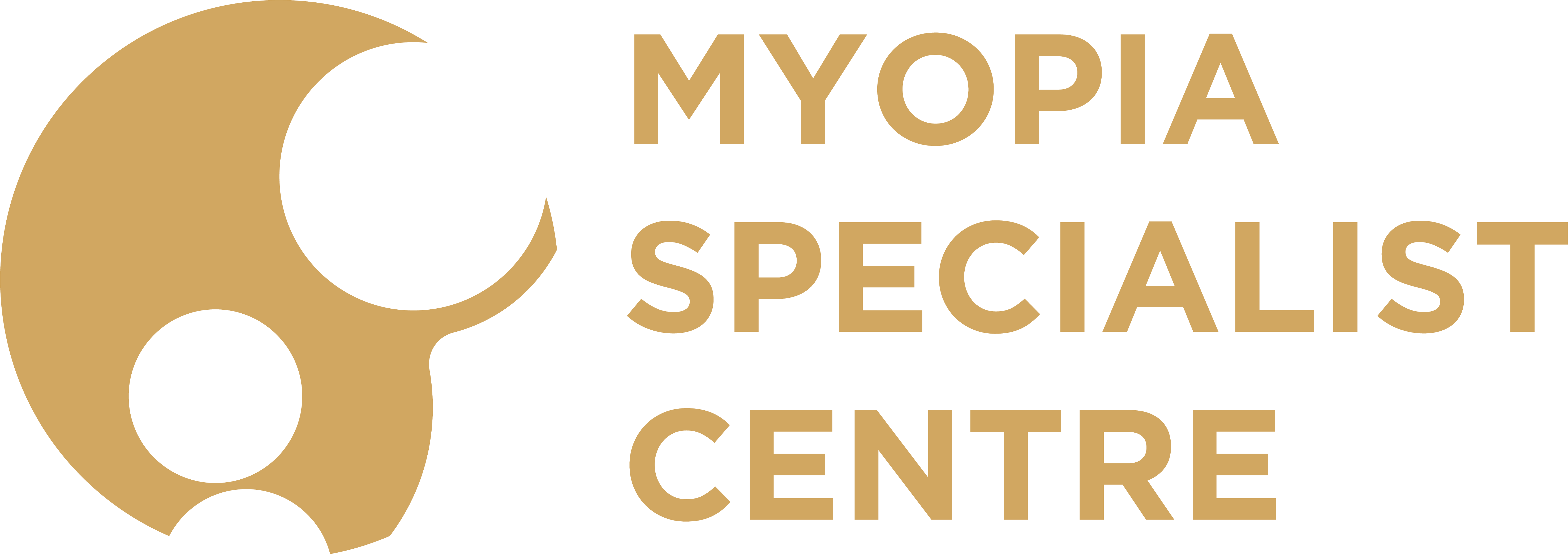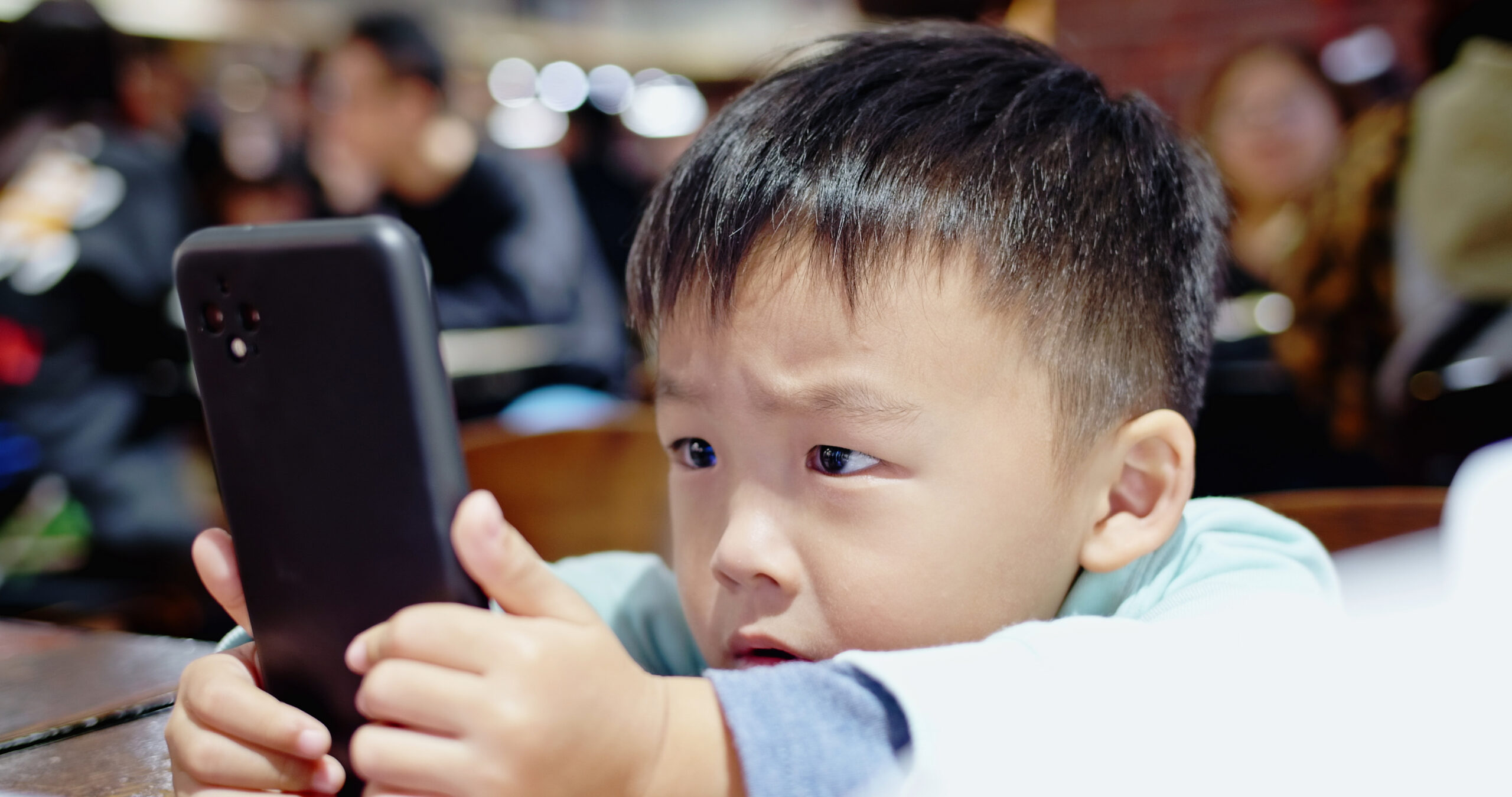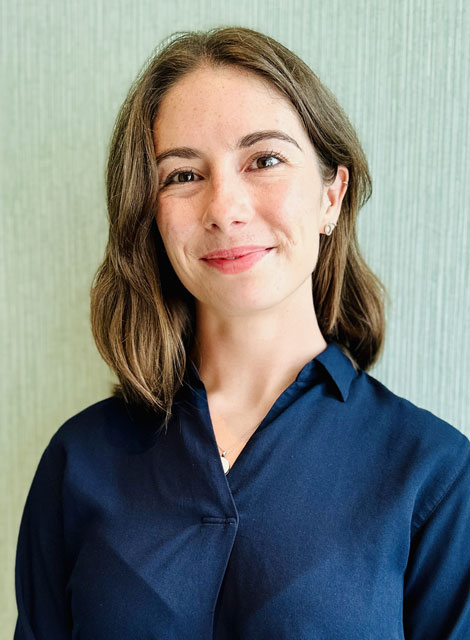Myopia slowly creeps up on an individual and is only noticed once the level of myopia is pretty significant. This is especially so in very young children. By the time you realise something is wrong, your child’s vision could already be affected badly. So how do parents protect their children’s eyes better? Stan Isaacs, an optometrist who has focused on myopia management over the last 40 years, shares his advice.
1. How serious is myopia in Singapore and why should parents be worried?
Stan Isaacs: Singapore has the highest rate of myopia and is recognised as the Myopia Capital of the World. This is because children engage in very little outdoor activity and start reading at a very early age with poor lighting and poor posture. The effect of outdoor activity and sunlight in controlling myopia is well documented.
The biggest problem in Singapore is that children are introduced to electronic devices and reading early in life. This excessive amount of close-up activity – between 3 to 5 years of age – is one of the largest contributors to myopia.
Myopia is not just about wearing a pair of glasses. It is a pathology that increases over time. These increases, especially if substantial, may cause future eye problems, including glaucoma, early cataracts, retinal tears, and retinal degeneration. These conditions may cause patients to lose vision at a young age.
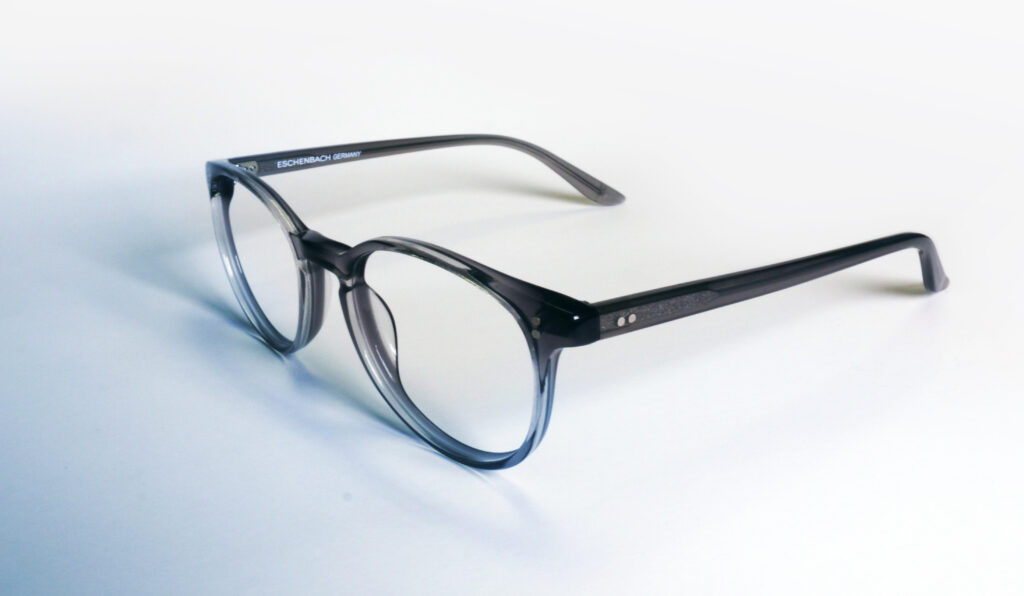
2. Can my child’s myopia be treated by wearing spectacles?
Stan Isaacs: Single vision spectacles only allow a myopic child to see. It does not manage myopia in any way or prevent it from getting worse. Having said that, if the child’s vision is not corrected adequately with spectacles, the myopia will progress even faster.
Even with the most accurately prescribed spectacles, paired with good reading habits and plenty of outdoor activities, myopia may still progress.
There are, however, specialised spectacles, contact lenses and medication that evidence has shown to slow myopia progression. These are what parents should be looking at for their children with myopia.
3. What can I do to prevent myopia as home-based learning and increased screen time becomes a part of our lives?
Stan Isaacs: At Stan Isaacs Optometrists, we analysed a batch of patients before and after home-based learning started. All of them were fully instructed on good reading habits, posture, lighting, and limiting the use of electronic devices.
Prior to home-based learning, the children had myopia increases of 0.39 dioptres per year. During home-based learning, this increase jumped to 0.59 dioptres per year. A dioptre is a unit of measurement for lens power. The higher the number, the greater the refractive error.
While it is still unclear which aspects of home-based learning were responsible – more time in front of a computer or a lack of outdoor activities – it is essential that parents understand that single vision spectacles do not cure myopia.
Parents are advised to look for myopia specialists who have the appropriate tools and resources to manage myopia progression.
4. How will myopia impact my child’s life as they grow older?
Stan Isaacs: Because of the pathological side effects of high myopia, the impact on your child’s life can be concerning.
As your child’s myopia increases, the chance of developing pathological eye problems and of your child losing vision in their early adulthood becomes more realistic. In order to reduce this impact, it is important to minimise myopia progression.
5. How do I encourage my child to adopt good eye care habits?
Stan Isaacs: Through experience, we know that reprimanding or enforcing strict rules is the least effective way of controlling children’s bad habits.
What needs to be done is to sit down with them patiently and explain clearly what these bad habits will lead to, and how high myopia will affect their lives in the future. This is a dialogue that needs to be repeated constantly.
